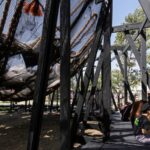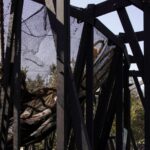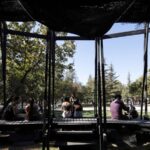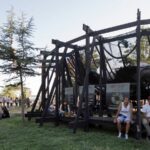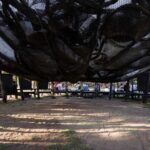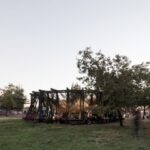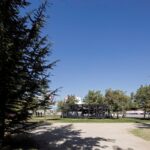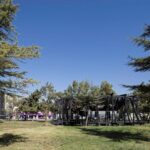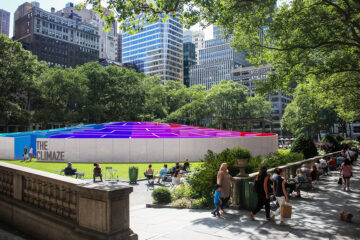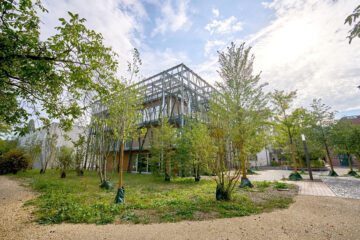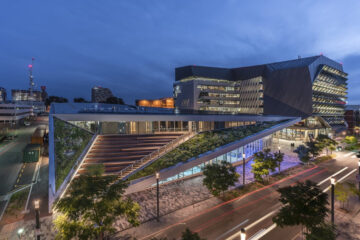Raising Awareness: The Inverted Dome Pavilion

Architected by Guillermo Hevia García, the Inverted Dome Pavilion stands as a poignant installation aimed at highlighting the ocean pollution crisis caused by disposable plastics. Erected for a music festival held in Ranco Lake, Chile, this project serves as a stark reminder of the environmental impact of plastic waste.
Raw Representation of Pollution
The pavilion embodies the stark reality of ocean pollution by presenting accumulated plastic waste in its raw, discarded state. Rather than beautifying the garbage, the installation confronts viewers with the harsh truth of plastic pollution by showcasing it as it is found floating in the sea – resembling an actual island of waste.
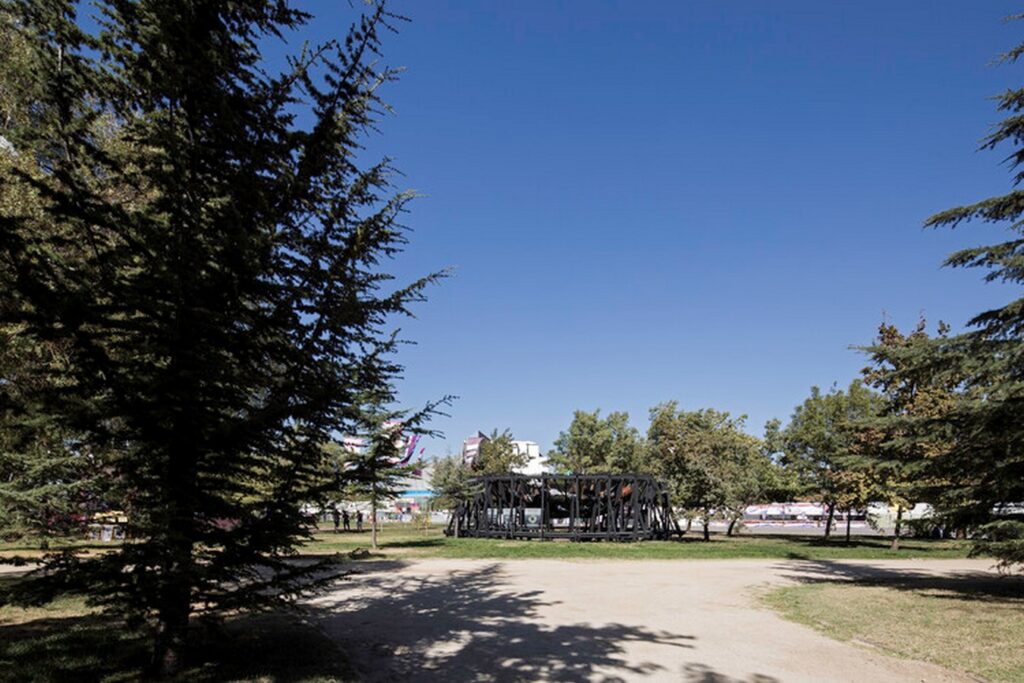
Transparent Structure
To hold the ton of plastic waste above the heads of spectators, a transparent inverted dome was constructed using fishing nets and tensors. This unique shape creates a noticeable space underneath, serving as a focal point for visitors to gather and reflect on the environmental message it conveys.
Sustainable Construction
The wooden structure of the pavilion, inspired by coastal piers found worldwide, is designed for easy setup and takedown without generating additional waste. This versatility allows the structure to be repurposed elsewhere, minimizing its environmental footprint.
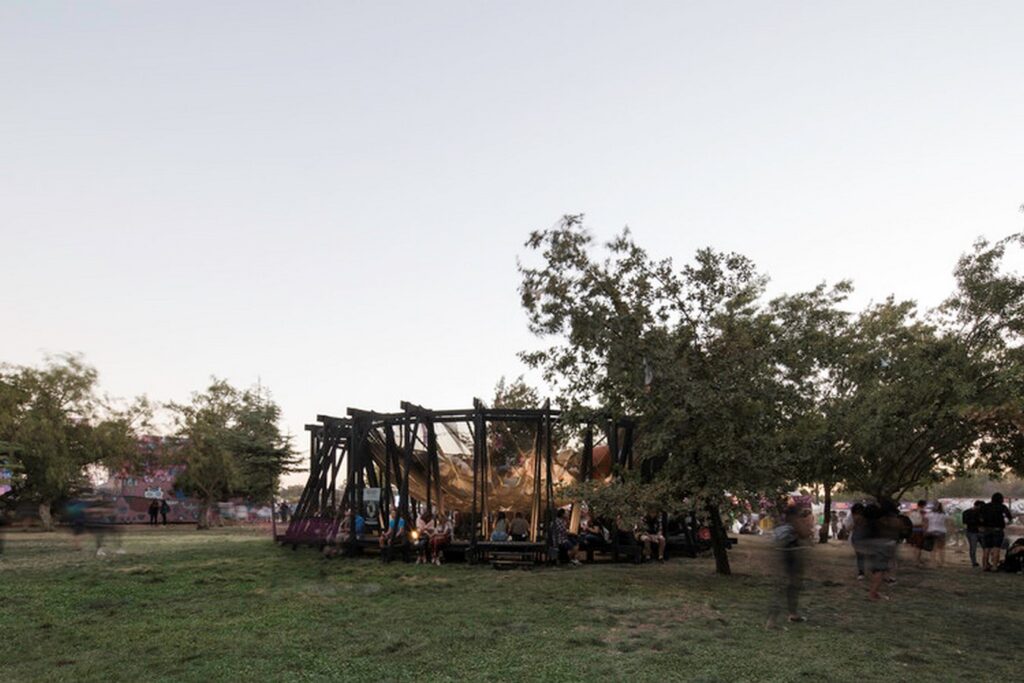
Functional Design
The pavilion’s circular plan offers versatility and efficiency, fitting seamlessly into the park’s open space. Visitors can utilize the perimeter structure for seating or walking, while the inner space beneath the dome provides a communal area for gatherings and discussions.
Symbol of Environmental Consciousness
Standing out amidst the park’s landscape, the Inverted Dome Pavilion serves as a symbol of environmental consciousness and activism. Its circular design and transparent structure invite engagement from all angles, encouraging visitors to contemplate the urgent need for sustainable practices in waste management.


